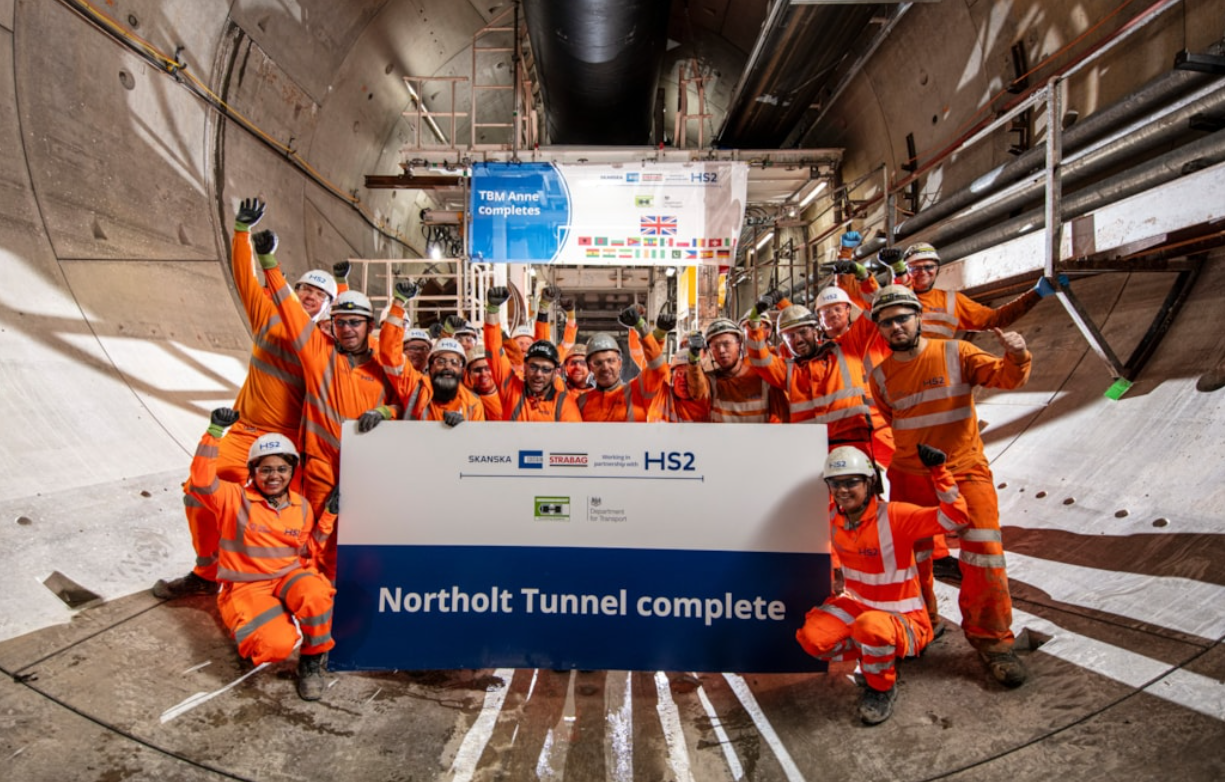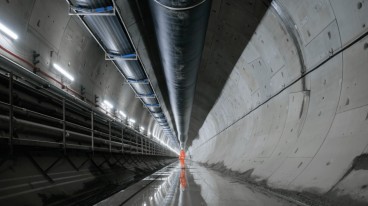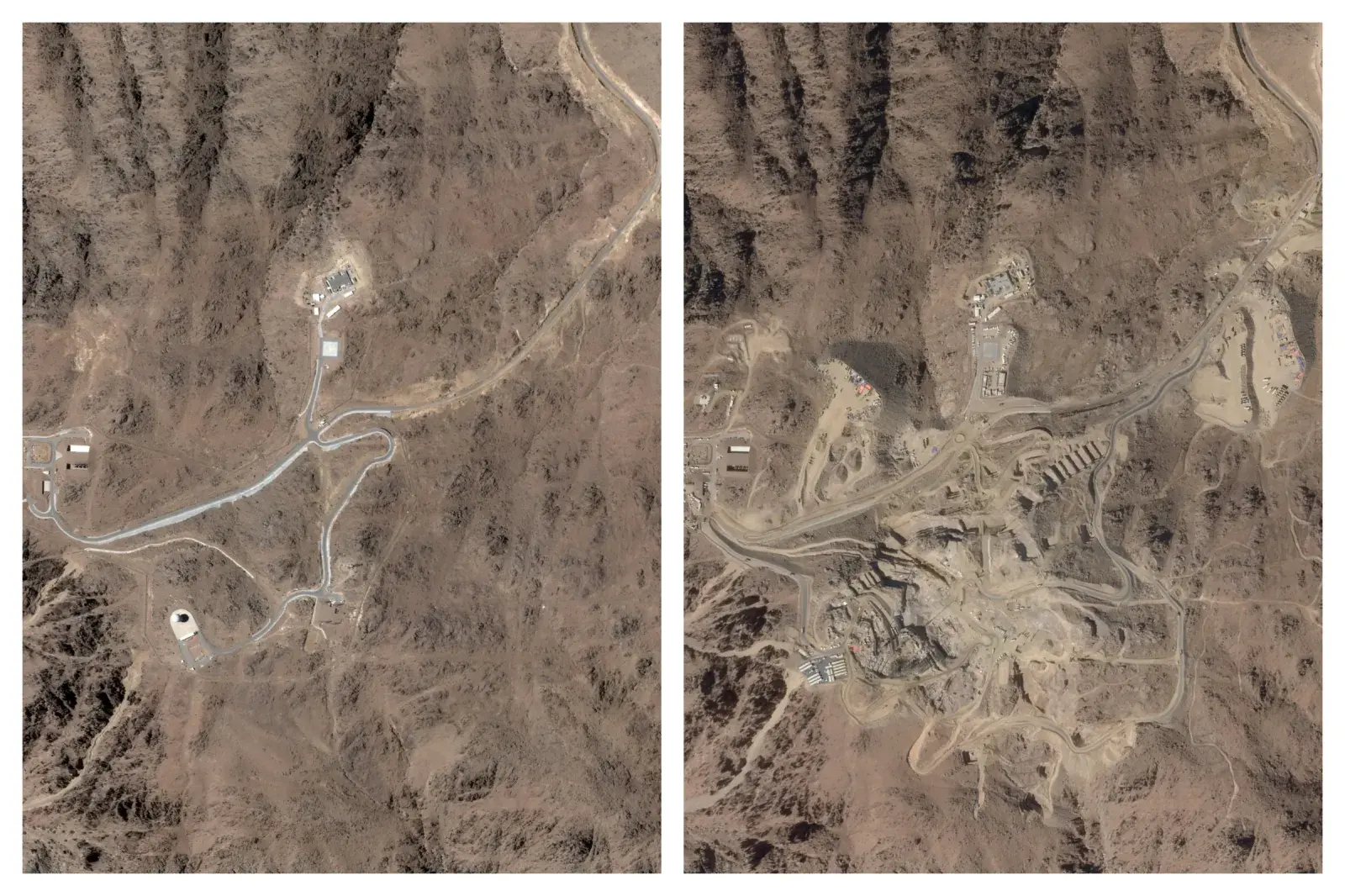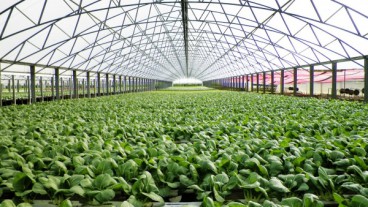HS2’s Northolt Tunnel Reaches Breakthrough After 14 Months of Continuous Excavation



Sources: mediacentre.hs2.org.uk, mirror.co.uk, tunnelingonline.com
Want to read more like this story?

HS2 Northolt Tunnel: Celebrating the Halfway Mark
Jul, 23, 2024 | NewsHS2's Northolt Tunnel project has reached an impressive milestone, with half of the 8.4-mile twin-b...

From Blueprint to Reality: HS2 Achieves Historic Tunneling Milestone
Mar, 13, 2025 | NewsThe HS2 project has reached a significant milestone with the completion of the first deep twin-bore...

London Clay Excavated as Emily Hits Tunnel Breakthrough
Jun, 20, 2025 | NewsA significant achievement has been recorded on London’s HS2 project as tunnel boring machine (TBM)...

Sushila's Triumph: Five Miles of Tunneling Success for HS2 in London
Dec, 26, 2024 | NewsThe HS2 project celebrates a significant engineering achievement as Tunnel Boring Machine (TBM) Sus...

London’s Underground Hero: TBM Caroline Finishes Tunnel Stretch
Apr, 10, 2025 | NewsLondon just witnessed another major milestone beneath its streets—TBM Caroline has completed a 5-mi...

HS2’s First Tunnel Bore Completed in West Midlands
May, 26, 2025 | NewsHS2 has reached a major construction milestone with the successful breakthrough of its first tunnel...

Progress and Challenges of HS2's Northolt Tunnel Project
Apr, 24, 2024 | NewsThe Northolt tunnel project under High Speed 2 (HS2) is making significant steps forward, with all...

Quiet Power: How HS2 Combats Sonic Booms with Precision Engineering
Apr, 30, 2025 | NewsHigh-speed rail systems face a peculiar challenge when trains enter tunnels at extreme velocities—w...

HS2’s Mary Ann TBM Begins 3-Month Dismantling After Tunnel Completion
Jun, 06, 2025 | NewsThe first tunnel boring machine (TBM) deployed on the HS2 Bromford Tunnel project has completed its...
Trending

Taipei 101’s impressive tuned mass damper

Characteristics of Load Bearing Masonry Construction

Morocco Implements Landmark Dam Perforation to Combat Water Stress in Marrakech

The Line at Neom faces feasibility reassessment while construction continues

Dutch greenhouses have revolutionized modern farming

Suspension bridge buckles under force of deadly super typhoon in Philippines


